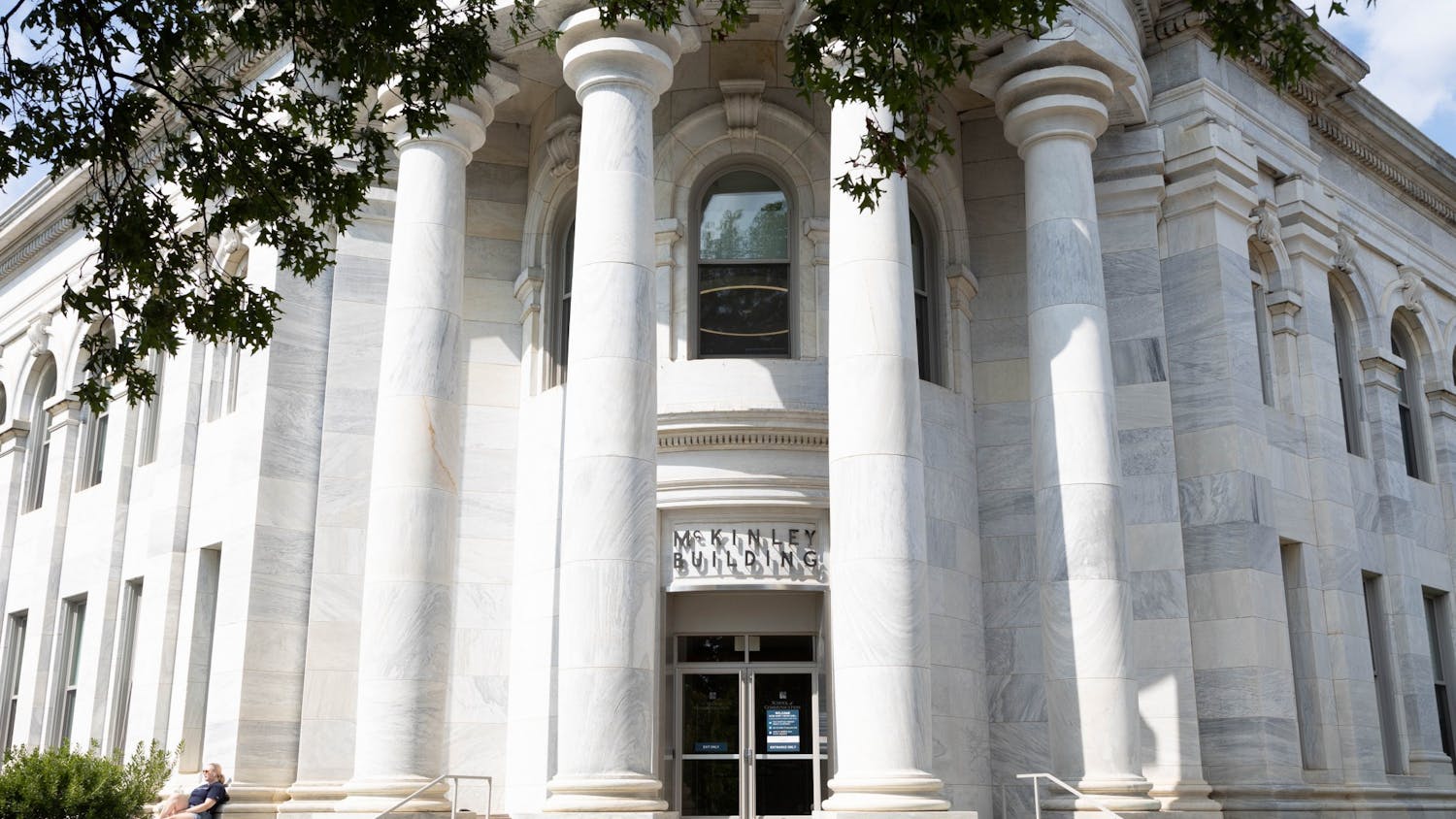The following piece is an opinion and does not reflect the views of The Eagle and its staff. All opinions are edited for grammar, style and argument structure and fact-checked, but the opinions are the writer’s own.
When I was applying to college in the fall of 2021, the most frustrating part of completing my application wasn’t the essays or filling out the extensive Common Application — it was the Free Application for Federal Student Aid.
Every year, over 17 million students fill out the FAFSA to make college more affordable and receive federal financial aid. The average university student in the United States pays $36,436 per year for their schooling, and when looking at the average cost of a private 4-year university, that number only rises. According to Education Data, “the average private, nonprofit university student spends a total of $55,840 per academic year living on campus, $38,768 of it on tuition and fees.”
It’s no wonder that so many students fill out the FAFSA to make this incredibly high cost of college a little more affordable. However, the U.S. Department of Education has caused significant problems and delays in its rollout of the “Better FAFSA” this year. Better FAFSA is supposed to help low-income families, expand access to federal student aid and result in an increase in Pell Grant recipients.
As the Better FAFSA was rolled out at the beginning of 2024 — already a delay from the usual rollout date of Oct. 1 — there were immediate glitches in the system. People were kicked off as they were filling the FAFSA out, not able to access the system altogether or not saving any work they completed on the form.
The most significant issue with the Better FAFSA is that the formula the Education Department uses to calculate how much aid to award students is incorrect. In 2020, Congress passed bipartisan legislation that “directed the department to raise the amount of income protected by 20 percent for parents, 35 percent for dependent students and almost 60 percent for students with children of their own, and to adjust the numbers for inflation annually,” according to The Washington Post.
This year, however, the department did not adjust the application to account for the record-high inflation between April 2020 and April 2023. This mistake essentially means that every family would “see anywhere from $6,000 to more than $10,000 of additional income considered in their calculation,” according to Bryce McKibben, the senior director of policy and advocacy at the Hope Center at Temple University.
Upon being confronted with this mistake, the department said it would fix the incorrect calculations for the 2025-26 school year, but not for the 2024-25 year. After public pressure, the department announced in February 2024 that it would fix the problem but had no clear timeline.
This mistake could result in $1.8 billion of financial aid money being improperly distributed or not distributed at all for the students who need it most, which is where the irresponsibility and ignorance of the government lie.
The department announced on Jan. 30 that universities would receive data on how much financial aid is available to provide to students by mid-March, but this information is usually available to universities in January, leaving students and universities to scramble. This delay means that students likely won’t receive financial aid offers until April. Many colleges, including American University, require current students to officially pay for re-enrollment by Aug. 1, while incoming students are required to commit to universities by May 1.
The idea that students may have to commit or re-enroll in a school without knowing or being able to fully evaluate their financial aid packages and situations is the direct result of government negligence. Financial aid is and should be a crucial factor in how many students choose where they attend school for the next four years. One would think that as a country with $1.74 trillion of student debt, the government would take financial aid a little more seriously.
It’s irresponsible and grossly negligent to leave students, parents and families confused and worried about paying for college. Paying upwards of $50,000 a year is unattainable for most families in the United States, especially considering that the median household income of Americans is $74,580. College is a hefty expense that families take on, and the Education Department’s mistake could result in families paying even more than they normally would.
The department needs to set clear deadlines for colleges and families to expect information this year and follow said deadlines. For the following years, the department needs to enact significant changes to ensure the Better FAFSA is accurate in calculations and investigate the numerous issues with the FAFSA website itself.
Paying for college is no joke, and the government needs to take the money families invest in education much more seriously.
Alana Parker is a sophomore in the School of Public Affairs and School of Communications and a columnist for The Eagle.
This article was edited by Jelinda Montes and Abigail Pritchard. Copy editing done by Luna Jinks, Isabelle Kravis, Charlie Mennuti and Julia Patton.





